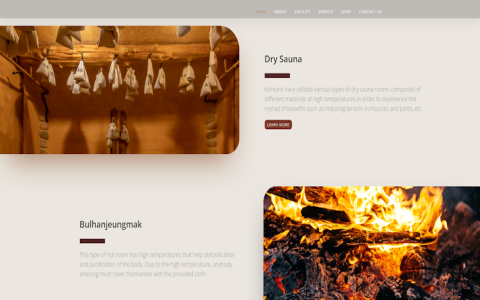Diving into the SPA Slang
Alright, so I remember when I first properly got my hands dirty with these Single Page Application projects. Before that, it was all multi-page stuff, you know? Click a link, new page loads from the server, simple. Then bam! Everyone’s talking SPAs.
And with SPAs came a whole new set of words. “Jargon,” they call it. Or as I like to think of it, the secret handshake words that make you sound like you know what you’re doing, even when you’re just nodding along at first.
The first one that really threw me was “routing.” I was like, “Yeah, routing, I get it. Server figures out which page to send.” Nope. In SPA land, they were talking about client-side routing. My browser was suddenly in charge of pretending it was loading new pages, but it was all happening right there, on my machine. Took me a bit to wrap my head around that. I spent a good afternoon just clicking around a demo app, watching the URL change but no full page reloads. “Aha!” I thought, “so that’s what they mean.” It was a bit of a lightbulb moment, not gonna lie.
Then there was “state.” Oh boy, “state management.” Everyone was obsessed with state. “What’s the state of the component?” “We need a global state solution!” I’m sitting there thinking, “State? Like, is it happy? Sad?” Turns out, it’s just data. All the little bits of information your application needs to remember – what’s in the shopping cart, is the user logged in, what did they type in that form. It’s just… data. But “state” sounds fancier, I guess. I started by just using simple variables, then quickly realized why they made such a big deal out of managing it when things got complex. My little variables were turning into a tangled mess.
- I’d change something here.
- And then something over there would break.
- And I’d have no idea why.
That’s when I started looking into those “state management libraries” everyone was on about. And yeah, okay, I get it now. They help keep things from becoming a total disaster.

Another fun set of terms revolved around getting the code to the browser. “Bundling” and “tree-shaking.” Sounded like I was preparing for a camping trip or something. I’d run a command, and this magic process would take all my hundreds of tiny JavaScript files and squish them into one or a few bigger files. That’s the bundling. And tree-shaking? Apparently, it’s smart enough to look at my code and throw out the bits I wasn’t actually using. Pretty neat, actually. My first few attempts, my bundles were HUGE. Then I learned to be more careful about what I was importing. Practice, right?
And then there’s “hydration.” For the longest time, I just nodded when someone said it. Server-side rendering spits out some HTML, and then the JavaScript “hydrates” it by attaching all the interactive bits. I pictured a dry sponge soaking up water. It’s a bit like that, making the static page come alive. My first real encounter was trying to figure out why my page looked fine on load, but nothing worked until a second or two later. Ah, hydration in progress!
So yeah, these SPA projects have their own little language. It’s not rocket science, mostly just new names for concepts, or existing concepts applied in a new browser-centric way. The key for me was just diving in, trying stuff out, and not being afraid to look silly asking “what the heck does that mean?” Once you get past the lingo, it all starts to make a lot more sense. It’s just a different way of building things for the web, and like any craft, it’s got its own toolkit and its own set of terms. You pick it up as you go, one “aha!” moment at a time.
